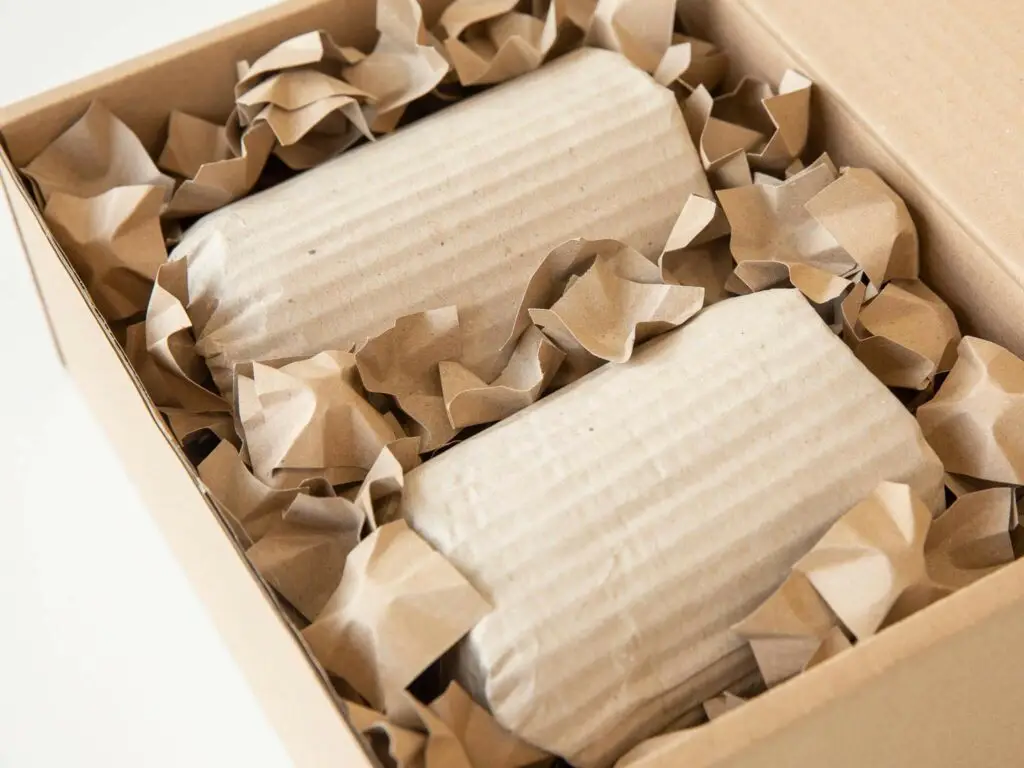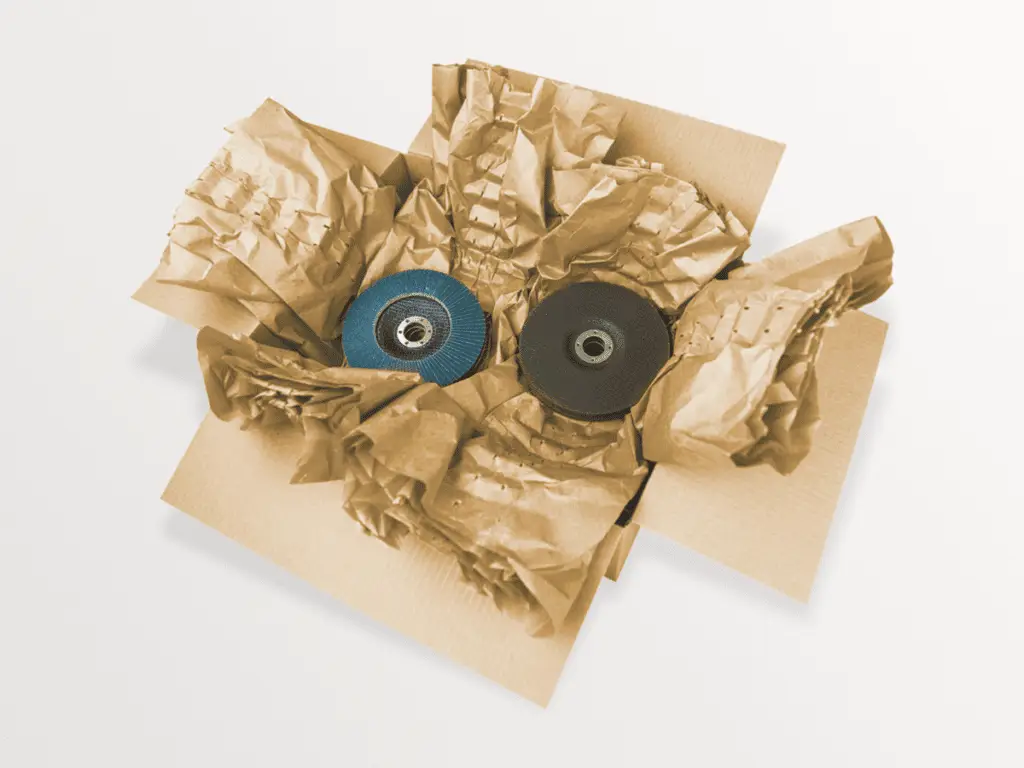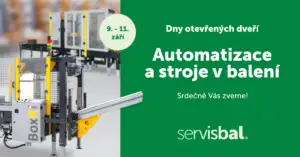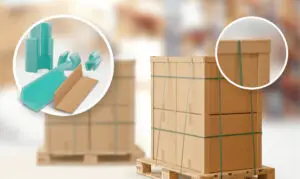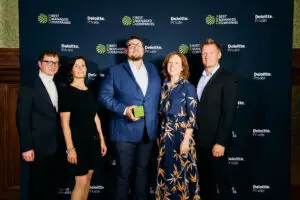Single-material
5. Single-material
Although we prefer environmentally friendly materials, we do not discard plastics.
If you have plastic packaging (e.g. bag, box), choose a filling material also made of plastic – bubble wrap or air cushions and use classic adhesive tape for sealing.
This will allow the end user to sort the packaging into a plastic container and the environmental impact will be less than if the packaging ended up in a landfill.
5
The end recipient of the packaging should have the sorting as easy as possible.
This can be achieved if the packaging, filling material and other packaging elements consist of the same type of material.
Our solution is an outer wrapping made of corrugated cardboard, paper fixation and paper adhesive tape. Some of our packaging is fitted with features to enable the box to be unfolded flat for disposal in the recycling container.
- TIP: We offer a wide range of paper fixing materials. For example Sizzlepack, Kartofix, FillPak and PadPak etc.
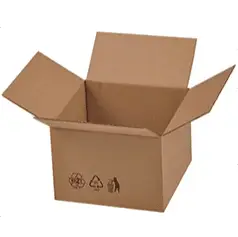
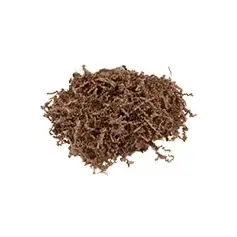
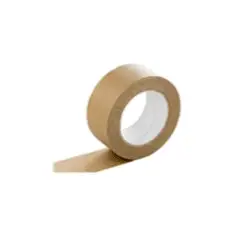
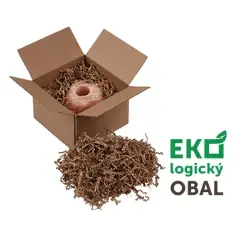
Real life examples
Ecological packaging for fast delivery
Fixation of grinding wheels
The practical PadPak padding system will safely protect the grinding wheels during transport. Together with the box, the fixation forms a single type of paper packaging.
More about sustainable packaging
5 principles of eco-friendly packaging
The use of packaging in practice determines its sustainability as much as the packaging itself. We have defined and follow 5 basic procedures.

